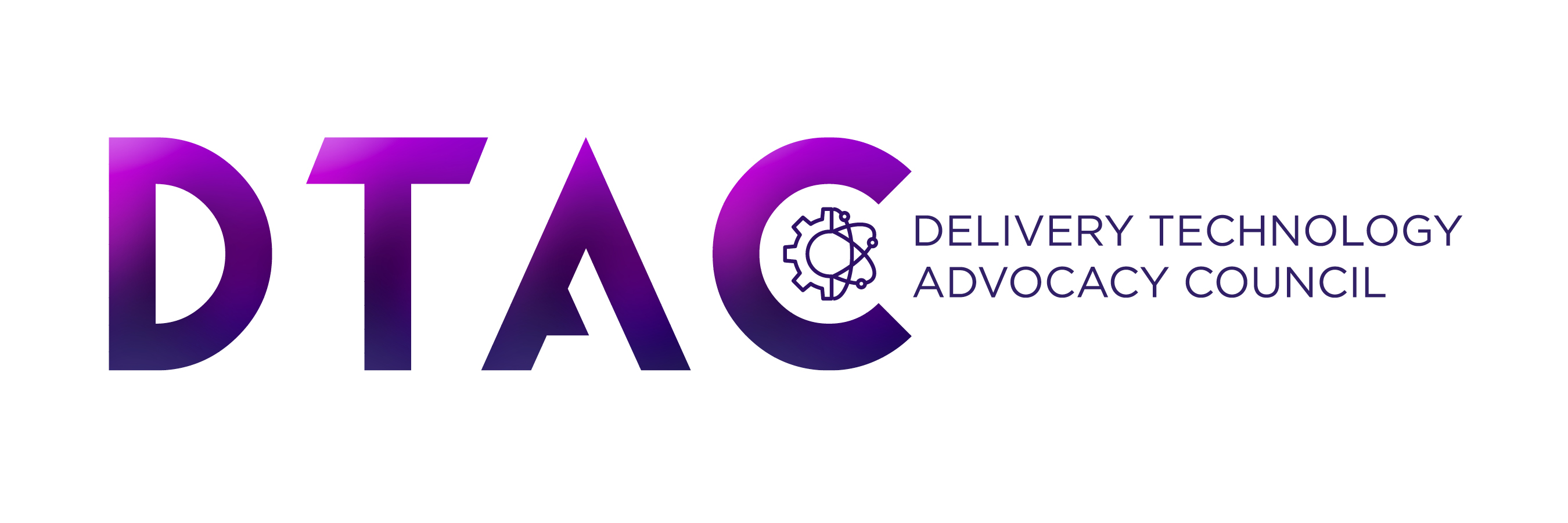Mail.XML™Mail.XML™ can be viewed as an extension of Mail.dat in an XML, Web Services format. About Mail.XML
The focus of Mail.dat® has, and will continue to be, the full description of a mailing job and related data. The traditional Mail.dat® fixed-record specification is very well suited to conveying full and updated data. However, there are instances where full data per job is not necessary and there are also many of mail processes that encompass mail product and information from more than one Mail.dat® job. To handle these situations, the Mail.dat® Editorial Committee has established the Mail.XML specification. Mail.XML is geared towards transactional two-way conversational communication in a near real-time environment. The Mail.XML Specification is bringing a paradigm change to the industry by increasing business function specific B2B (Business to Business) communication within the industry that supports automation and in the end enables cost avoidance and higher profits through improved competence and effectiveness of communication. Mail.XML is designed to increase efficiency and lower costs by removing many manual data entry processes and enabling quick near-real-time communication between business partners. Mail.XML currently supports appointment scheduling supply chain communication, support for eDocs (postage statements and qualification reports), co-palletization support, and data distribution support where the USPS can make Full Service, StartTheClock, Container scan and Full Service compliance information available to the customers. The core focus of Mail.XML is communication between industry members and from industry to the final mail processing and delivery organization that delivers the mail to the end consumer, e.g., USPS. Also, USPS is making all communication back to the mailers accessible and available through Mail.XML. DownloadsMail.XML Version 1.0 (previously known as the Transportation Messaging Specification) was originally focused on transportation and drop shipment processes, allowing customers to create, update, and cancel appointments and content, and receive closeout data. Since the initial publication, 18 more versions of MailXML have been published and the scope has broadened to include data distribution (EDoc), mailing messages and informed visibility. Latest versions of MailXML supports USPS™ Informed Visibility.
|

